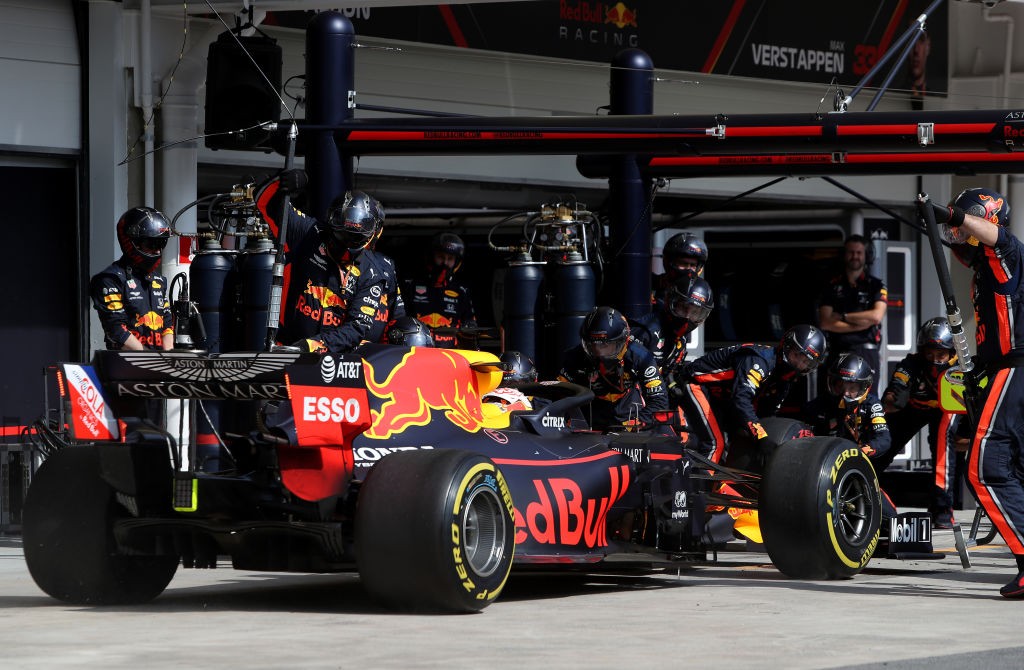Here’s everything you need to know about how the braking system in an F1 car brake works
The braking system in an F1 car is quite different from that in a normal four-wheeler. If the brakes of an F1 car are not used at the correct time, it can prove costly – both for lap time and track position. Let us take a detailed look at how the braking system works in a Formula One car.

F1 cars have disc brakes with a rotating disc squeezed by brake pads powered by a hydraulic piston caliper. When an F1 driver steps on the brake pedal, it compresses two master brake cylinders – one each for the front and rear wheels, which thereby generate fluid pressure. FIA Technical Regulations allow each car to have a double, circular hydraulic brake system with two separate fluid tanks for the front and rear wheels. This ensures that braking is possible even if one of the systems fails.
The primary difference between F1 cars and normal cars obviously lies in the materials used. Formula 1 uses advanced materials for the braking system in cars with superior weight and thermal properties compared to materials used in most road cars. All F1 cars use carbon brake discs and pads which weigh much less than steel discs and pads used on road cars and in some other racing series and have superior cooling capacity.
How do F1 tires differ from normal car tires?
F1 tyres are expensive items but they are not meant for longevity. They tyres are built primarily for efficiency and as a result, they wear out very fast. F1 tyres last an average of 60 to 120 kilometres depending on the strategy of the team and the driver’s style of racing. Every team generally uses three different sets of tyres during the race, taking into account the pit stops that drivers usually make.

The tyres used in F1 cars are completely different to normal car tyres and bear only a superficial similarity. F1 teams choose tyres based on the weather conditions like wet tyres when it’s raining or if the race is taking place on a wet track. The other two variants of tyres that F1 teams use are the hard tyres and the soft tyres.
Due to their immense importance, F1 tyres are designed and manufactured by experts and limited specialist companies like Pirelli. They are quite costly and a single set of F1 tyres costs about US $2700. It is estimated that each team spends about $35,100 worth of tyres in each Grand Prix. There are 23-24 races that take place in a regular F1 season. This implies that the cost of tyres for an F1 vehicle is a staggering US$ 807,300 per driver in a season. With two cars per team, the cost of F1 tyres accumulates to around $1,614,600 for every team in a season.
More Formula One News
- Lewis Hamilton doesn’t support IOC’s decision on Black Lives Matter gear during Olympics
- Max Verstappen left surprised as he reaches 100 race milestone with Red Bull
- Damon Hill left in awe after Lewis Hamilton racks up 100 poles in F1 ahead of 2021 Spanish GP
Follow our dedicated Formula One page for instant Formula One news and updates

